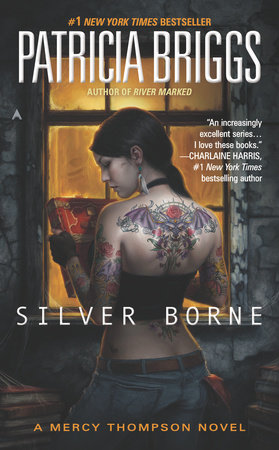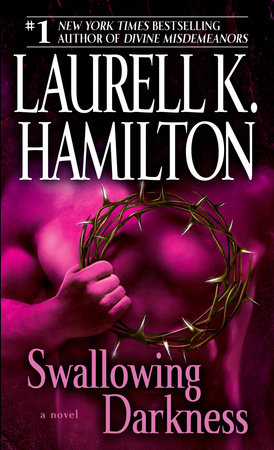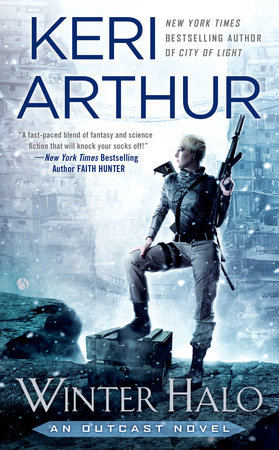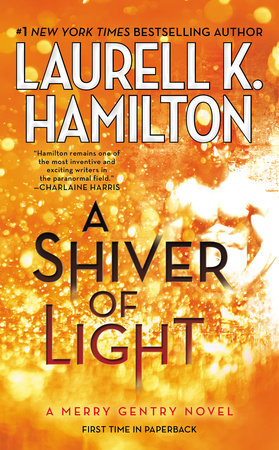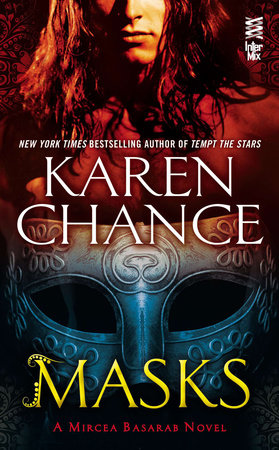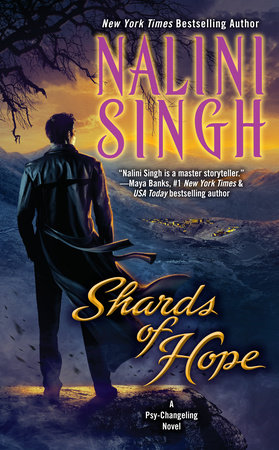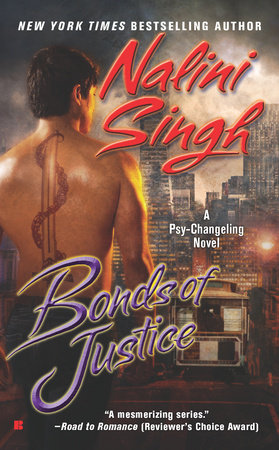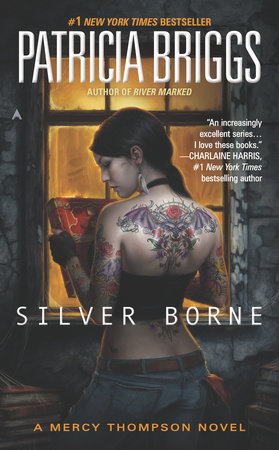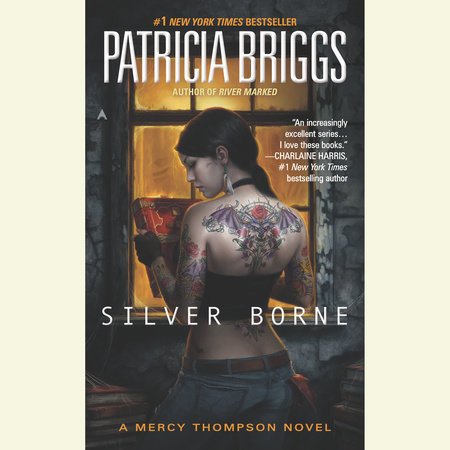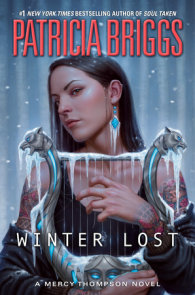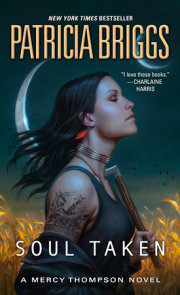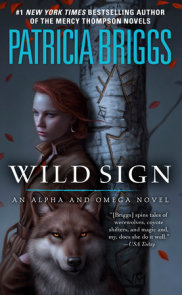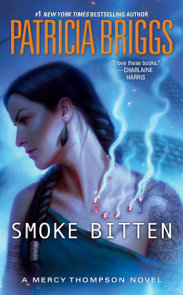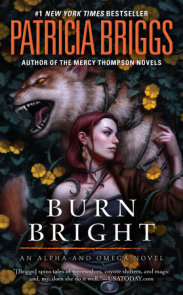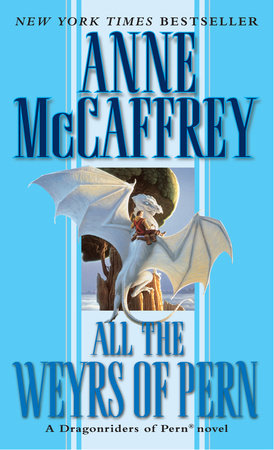Author Q&A
On your website, you say that the upcoming Silver Borne is “Samuel’s book.” What part does Samuel play in this book, and what can readers expect from this new installment in the Mercy series?
Throughout the past four books, Samuel has been troubled. He is a very old werewolf. In order to survive that long, living through the changes that the centuries bring, the old wolves all develop coping strategies and Samuel’s are failing him. In Silver Borne, those troubles come to a head (poor Samuel)—and his issues will be resolved, one way or the other, by the end of the book.
But Samuel is not the only trouble Mercy faces in Silver Borne. Walling up the fae together in the Reservation is making the fae stronger—and with that strength comes problems. Trying to return the book Mercy borrowed in Iron Kissed puts Mercy right smack dab in the middle of those problems.
Mercy is a shape-shifter who can turn into a coyote, and calls herself a walker, though she is very different from the sinister skinwalkers of Native American lore. How do you see Mercy’s half-Blackfoot heritage and the inclusion of this lore fitting in with the vampires, werewolves, and fae we see in your novels, and that are more common to urban fantasy?
I look upon the Native American lore as part of the whole world building process of bringing the creatures of folklore into our world. If I assume that the fae are real as well as vampires, werewolves and demons—it is not a leap of any kind to assume that the creatures of Native American belief are real as well. The conflict between the creatures of Native Lore and the immigration of the European preternatural hosts is hinted at in Blood Bound and reflects the conflicts between the human immigrants and the Indian people who were already here.
Mercy’s mixed heritage puts her at a crossroads in human as well as preternatural society. From an author’s perspective this is a terrific place to have a character because the possibilities for storytelling are almost endless.
The fae come to center stage in Silver Borne. What mythologies and other influences have you drawn from to create the fae characters in your novels, and what new revelations await readers of Silver Borne?
I think the greatest influence on my fae characters is probably the old versions of fairy tales my sister and I used to read as children. In the original Grim there were severed horse heads nailed to bridges and talking bulls who told their beloved owners to kill them and skin them. Witches in woods cooked children who wandered away from home and Cinderella’s ambitious evil stepsisters cut off their toes or heels to make the glass slipper (for some reason I know that “glass” was probably a mistranslation of the German word for fine goatskin) fit while trying not to bleed too much and alert the prince’s minions of their schemes.
On your website, your husband, Mike, details his experiences casting silver bullets like the ones Mercy makes to protect herself from werewolves. He says the quest began partly because “it’s nice to have the books make sense,” and I think a lot of readers and writers appreciate a healthy dose of reality in their fantasy stories. Why do you think it’s important to keep some aspects of a fantasy within the realm of the possible? What sorts of allowances do you give yourself; when do you think its enough to explain some happenings as “magical,” and when do you think readers want more?
When I put magic into a book—whether it’s a wizard or a crusty old werewolf—I’m asking a reader to swallow a huge leap that is counter to everything he or she knows. An extra big helping of reality makes that leap go down a lot easier. And it is the reality, the suspension of disbelief that allows readers to believe in a characters trials and triumphs, that gives a story it’s power. When the small details are right—whether it’s the way a crossbow works or if a silver bullet can be cast properly—then the book holds together. And the more grounded it is, the more real the fantasy feels. I think that’s one of the secrets of the appeal of urban fantasy—when Jim Butcher’s Harry Dresden walks down North Wacker Drive along Chicago River and it is easier for me to believe in the wizard because I’ve walked down that street.
On explaining magic—Magic has to have real costs and limits or it interferes with my ability to create tension in the story. If any hurt can be healed, any damage fixed—where is the risk? So those limits, those costs, have to be clear to the reader. However there is a great danger in explaining too much about how or why it works. Magic shouldn’t be explainable. That’s one of the great differences between science fiction and fantasy.
You live in Washington state, where the novels are set. What about the landscape and history of Washington inspires your writing?
The Washington state that most people know is dominated by the Pacific ocean, Seattle, and the huge Cascade mountains that include Mt Ranier and Mt St. Helens whose lower slopes are covered with dense greenery. I know that Washington, too—but the place my husband and I settled down in was different enough it could have been on another planet. We drove into the summer-seared brown hills and promised each other we’d move out in no more than three years. And we did, but we keep moving back.
One of my favorite characters to write about is a person who looks and appears much different on the outside than he or she is on the inside. Only we (my readers and I) know what that person is really like when everyone else in the book only gets glimpses. The Tri Cities is like that. It makes it a really fun place to hide supernatural creatures—right out in the bright sunlight with everything else.
What does a typical day of writing look like for you? What advice can you give aspiring authors on structuring time and getting through setbacks like writer’s block.
The cool thing about writing is that there is really never a typical day. Sometimes I get a rhythm going and head off to work every morning and come home at night. Sometimes I’ll write for two days straight and then be utterly blank for the next two. I write wherever feels best, sometimes it’s my office in the middle of the day, sometimes it’s my living room at two in the morning.
You’re now several books into the “Mercy Thompson” series. Did you know where you were headed when you wrote Moon Called, and do you have plans in mind for future books in the series?
When I write, I get glimpses into future novels. I see a character I want to use more fully or a scene that won’t really fit into this book. Sometimes, as with Samuel, there will be a situation that starts in an earlier book and needs a little time to come to fruition. But mostly I take my characters, throw them in a situation and see what happens. Wherever they end up is where I start them from in the next book.
